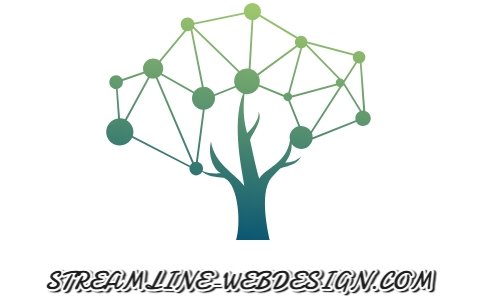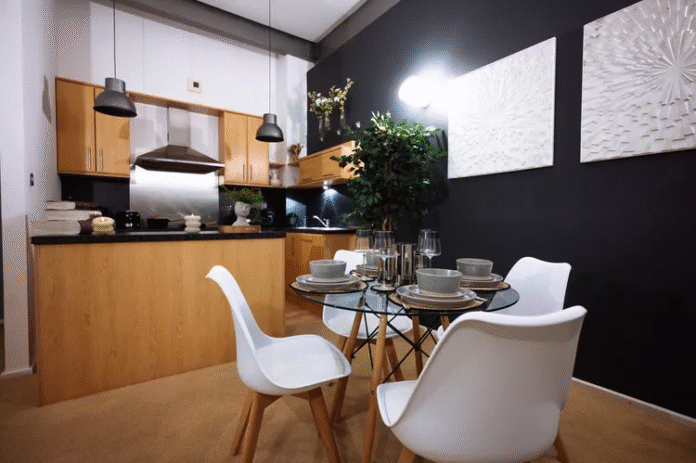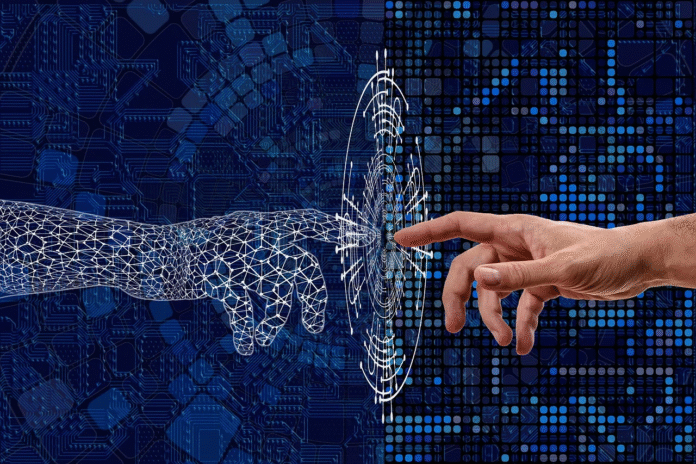
In an era where digital storage is more critical than ever, SanDisk—a brand synonymous with flash drives, memory cards, and storage solutions—has unveiled a fresh new identity that signals a future rooted in innovation. The brand’s updated logo, which debuted in December 2024, draws inspiration from a single pixel. This minimalist redesign represents not just the company’s technological roots but also its bold vision for the future, as it prepares to spin off from its parent company, Western Digital, in the coming year.
The Power of a Pixel: Simplifying the Complex
At the heart of SanDisk’s new look is the humble pixel, a fitting symbol for a company that’s been at the forefront of digital storage since its inception. A pixel, the smallest unit of digital information, is foundational to everything SanDisk has produced over the years—from flash drives to memory cards.
According to Andre Filip, CEO of ELA Advertising, the agency responsible for the redesign, the pixel serves as a reminder of the company’s roots in data storage technology. “It all started with the pixel, which is the fundamental smallest unit of data,” Filip explains.
For SanDisk, the pixel is more than just a functional unit of digital data—it’s a reflection of the company’s ongoing mission to push the boundaries of innovation in the tech world. And with its upcoming split from Western Digital, this rebranding marks a critical turning point in its journey.
A Sleek, Futuristic Design
The new logo is a modernized, minimalist take on SanDisk’s visual identity. While the familiar open ‘D’ remains—a nod to the brand’s legacy—the updated ‘S’ is the centerpiece of the redesign. The ‘S’ has been reimagined as a cone-shaped, square pixel, which not only simplifies the letterform but also introduces a sense of forward-looking technology.
Joel Davis, SanDisk’s Vice President of Creative, explains that the new ‘S’ was designed to symbolize the company’s commitment to innovation. “It’s the first letter; it’s like the cornerstone of the company,” Davis says. The cone and pixel design also serve as a subtle nod to space exploration, with Davis admitting that the team wondered, “What would this look like on a spaceship?” It’s a futuristic, dynamic take on the brand’s storied past.
Adding to the versatility of the new logo, SanDisk now offers two versions: one vertical and one horizontal. This flexibility ensures that the brand’s identity can seamlessly translate across various platforms, whether it’s a website, a product label, or a marketing campaign. This adaptability is essential as the company steps into its new chapter as a standalone entity.
A Legacy of Innovation
Founded in 1988 as SunDisk and renamed in 1995, SanDisk has seen significant evolution over the decades. From the early days of memory cards and flash drives to its acquisition by Western Digital in 2016 for $15.59 billion, the company has always been at the cutting edge of digital storage technology. However, with the planned spin-off in 2025, SanDisk will once again forge its own path, and its new logo is an embodiment of that transformation.
The redesign represents not only a visual update but also a symbolic one. For SanDisk, it’s a chance to redefine what the brand stands for as it enters a new phase of its history. The new logo encapsulates a vision of the future while honoring the company’s past, providing a timeless, scalable identity that can grow with the ever-changing tech landscape.
The Rebranding: More Than Just a Logo
SanDisk’s logo overhaul goes beyond aesthetic changes—it’s a powerful example of how even tech companies with a practical focus can embrace storytelling and emotional resonance. The new logo isn’t just about being visually appealing; it’s about aligning the company’s image with its values and goals.
For designers, this rebrand offers an important lesson in the power of minimalism. SanDisk’s updated logo proves that even simple designs can convey a dynamic, forward-thinking message. The cone and pixel design are sleek and modern, yet full of meaning. This approach to minimalism allows for a timeless identity that can stand the test of time, adapting as needed without losing its core essence.
The redesign also reflects a broader shift in how tech companies are approaching branding. Rather than relying on complex logos or crowded visual elements, the new SanDisk logo embraces simplicity, focusing on the power of a single element to convey meaning. In a world where technology is constantly evolving, this kind of adaptability is crucial for staying relevant.
A Bold Step Into the Future
For the team behind the redesign, the logo change was more than just an aesthetic upgrade. It was an opportunity to make a statement. As Davis notes, “The brand has been around since the late ’80s, and while it’s a great logo, we really had this one opportunity to bring the company into the future.” And that future begins with a single pixel—a small but powerful symbol of what’s to come.
In a world where tech companies often struggle to stand out amidst a sea of competitors, SanDisk’s new logo is a bold move. It reflects the brand’s commitment to staying ahead of the curve, constantly innovating and evolving as the digital landscape shifts. And as the company prepares to spin off from Western Digital, the logo serves as a visual marker of its independence and its forward-focused vision.
Conclusion: A Logo for the Ages
SanDisk’s new logo is a striking blend of simplicity and sophistication, a design that looks to the future while honoring the company’s past. As the brand prepares for its spin-off from Western Digital, the new visual identity offers a fresh perspective on what SanDisk represents. The pixel, once a small unit of digital data, now stands as a symbol of endless possibilities. And with that, SanDisk is ready to continue its legacy of innovation in the tech world—one pixel at a time.










